|
NATIONAL FLAGS & ENSIGNS |
|
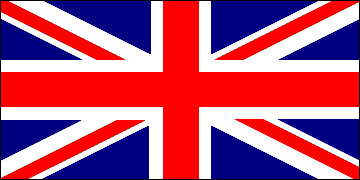
NATIONAL FLAG • THE UNION FLAG |
|
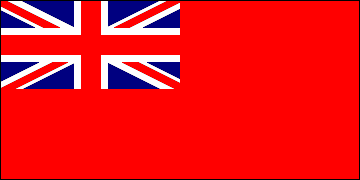
CIVIL ENSIGN •
THE RED ENSIGN |
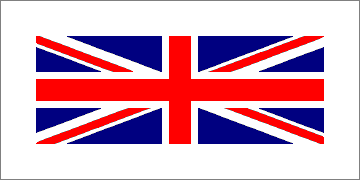
CIVIL JACK |
|
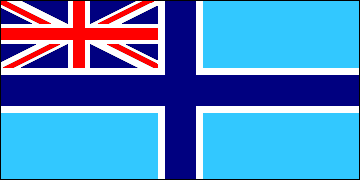
CIVIL AIR ENSIGN |
|
The Union Flag,
also known as the Union Jack (UJ), incorporates the flags of
England, Scotland and Ireland in a single design, giving symbolic
expression to the union of the crowns in the United Kingdom. See
here for
more information. The Red Ensign dates from the mid-seventeenth
century. With the Blue and White Ensigns it was one of the three
naval flags of England, bearing the cross of St. George in the
canton. This was changed to the Union Flag in 1707 and in 1864, when
British naval flags were revised, the Red Ensign was reserved for
civilian vessels. See
here for more information. The 1864 order restricted the
use of the UJ at sea to the Royal Navy alone. Accordingly, a
white-bordered UJ was introduced for civilian vessels. The Civil Air
ensign was introduced in 1931. It may be flown at civilian
airfields in place of the UJ and may also be displayed on
UK-registered civil aircraft.
|
|
ROYAL STANDARDS & FLAGS |
|
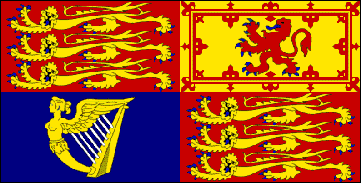
H.M THE
KING |
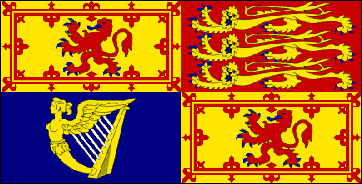
H.M THE KING IN
SCOTLAND |
|
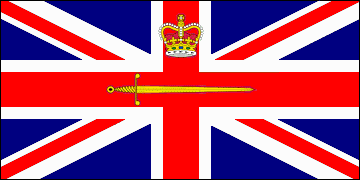
LORD LIEUTENANT OF A COUNTY |
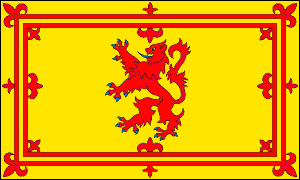
CROWN REPRESENTATIVES IN
SCOTLAND |
|
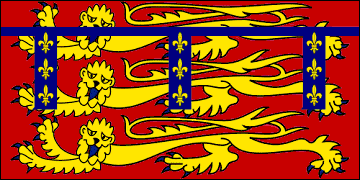
DUCHY OF
LANCASTER |
|
The Royal
Standard in its present form dates from the reign of Queen Victoria.
Two versions exist: one for the Sovereign's use in England, Wales
and Northern Ireland, and one for use in Scotland. The former
displays the arms of England in the first and fourth quarters,
Scotland in the second quarter and Ireland in the third quarter. The
latter gives primacy to Scotland. Other members of the Royal Family
have standards based on that of the sovereign but with labels to
difference them. Note that crimson is used in place of red. See
here for
historical royal banners and standards. Lords lieutenant are the
Crown's representatives in the counties. In England, Wales and
Northern Ireland their standard is the UJ
defaced with a crown and sword, the latter recalling their past
responsibilities regarding the militia. The standard for Crown
representatives in Scotland, including the lords-lieutenant, is the Scottish royal flag, which is
also flown over royal residences in Scotland when the Sovereign is not
present. The Duchy of Lancaster in northwest England is the private
estate of the Sovereign, the income from which provides the Crown
with an independent source of revenue. The ducal standard displays
the arms of England defaced with a three-point label.
|
|
GOVERNMENT FLAGS & ENSIGNS |
|
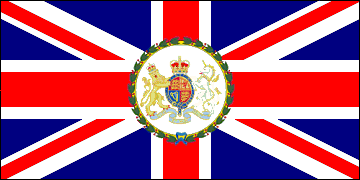
EMBASSIES OF THE
UNITED KINGDOM |
|
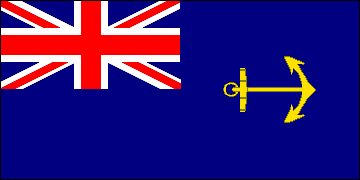
GOVERNMENT ENSIGN |
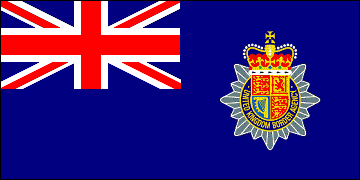
UNITED KINGDOM
BORDER AGENCY ENSIGN |
|
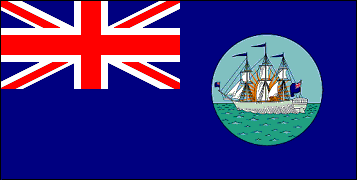
DEPARTMENT OF TRADE & INDUSTRY ENSIGN |
|
The flag for embassies and other diplomatic facilities of the United
Kingdom is the UJ defaced with the State Arms. These differ from the
Royal Arms (the personal arms of the Sovereign) by bearing as a
crest a crown rather than the Royal Crest (a crowned lion standing
on a crown). The same flag, with the appropriate coat of arms, is
used by governors of Overseas Territories and Crown Dependencies.
Most government departments and agencies have a Blue Ensign bearing
their badge; those that do not use a Blue Ensign with a horizontal
anchor. In most cases a square version of the ensign is used as a
jack. |
|
SUBNATIONAL FLAGS &
ENSIGNS |
|
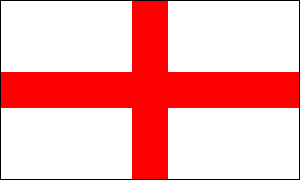
ENGLAND • THE CROSS
OF ST. GEORGE |
|
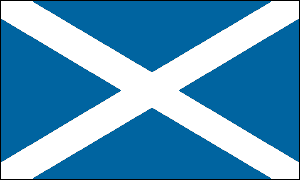
SCOTLAND • THE CROSS OF ST. ANDREW |
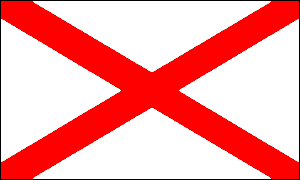
IRELAND •
THE CROSS OF ST. PATRICK |
|
The constituent
parts of the United Kingdom are England, Scotland and Northern
Ireland. The first two were formerly separate kingdoms, in personal
union under the Stuart Crown from 1606 and joined to form the United
Kingdom of Great Britain in 1707. Ireland's status as a separate
kingdom with its own parliament was terminated in 1801 when the
United Kingdom of Great Britain and Ireland was proclaimed. With
the establishment of the Irish Free State in 1922 only Ulster
(Northern Ireland) stayed in the UK, the Protestant majority of that
province rejecting Irish nationalism. The flags of England and
Ireland are those of the countries' patron saints; they were
amalgamated in 1606 to form the first version of the Union Jack. To
symbolize Ireland the so-called St. Patrick's Cross, white with a
diagonal red cross, was added to the UJ in 1801.
|
|
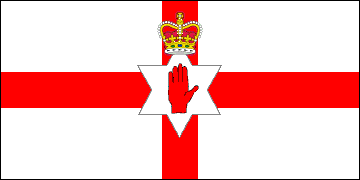
NORTHERN IRELAND
• UNOFFICIAL SINCE 1972 |
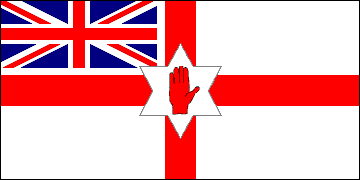
NORTHERN IRELAND
• UNOFFICIAL VARIANT |
|
In Northern
Ireland after 1922 the flag of the province was the Cross of St.
George charged with the red hand badge of Ulster under a royal
crown. This flag lost its official status in 1922 when the British
government suppressed the Northern Ireland parliament and imposed
direct rule but is still used by the Protestant community. A variant
adds the UJ as a canton. Northern Ireland's official flag is now the
UJ. |
|
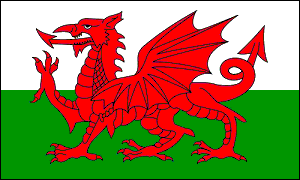
WALES • THE DRAGON FLAG |
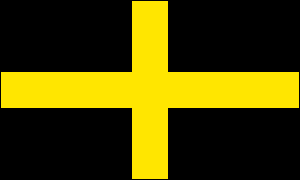
WALES • THE CROSS OF ST. DAVID |
|
Because Wales is a principality within England it is not
represented in the UJ. The Welsh flag, official since 1959, displays
the red dragon of Cadwaladr, King of Gwynedd, on a field of the
Tudor livery colors. At the Battle of Bosworth (1485) a similar
banner was carried by the army of Henry of Bolingbroke, afterwards
the first Tudor monarch, Henry VII. To symbolize his Welsh descent,
Henry incorporated the red dragon as a supporter of his royal arms.
St. David is the patron saint of Wales. His flag, though unofficial,
has since the 1990s been a popular symbol of Welsh patriotism.
|



















